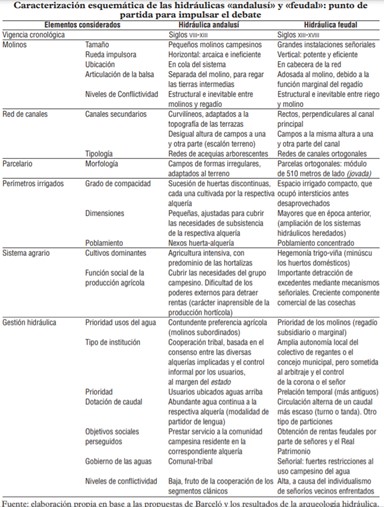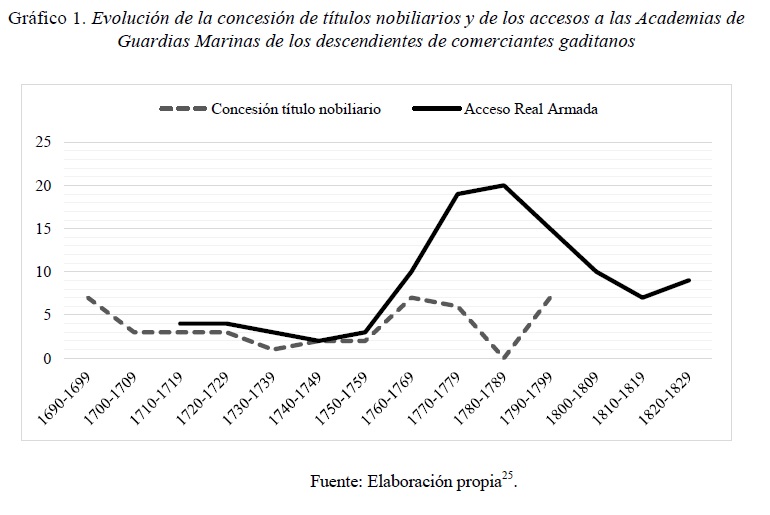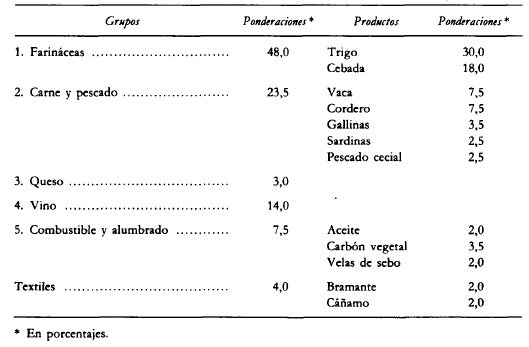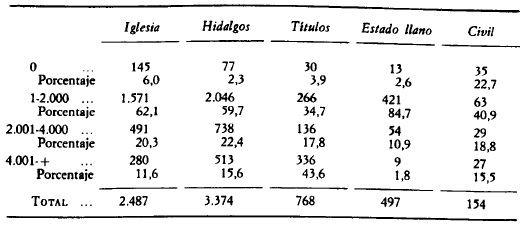
Real estate rents and urban property constituted an important part of the patrimony of some members of the Madrid elites at the end of the 18th century. Investments in urban property increased notably due to a general recovery in rents, to which must be added the increase in demand initiated in this process. The irruption of the real estate market underwent important modifications in the period between 1750 and 1850, when part of the ecclesiastical properties changed hands and the ownership of individuals increased considerably. In this sense, Madrid constituted a peculiar model of growth in comparison to other imperial capitals, as cities such as London or Paris broke their historical limits in the face of a new urbanisation. The aristocratic group, in addition to controlling the most distinguished spaces in terms of housing, controlled the most important part of the income from real estate. Although the titled aristocracy did not form a homogeneous group, there was a group of new titles whose estates were more recent and generally acquired through purchases, inheritance or marriage. In this sense, the income from renting houses in Madrid of many of Spain’s grandees constituted a minor part of their estates, as they lived in their palaces and rented out part of their possessions, although most of their income came from agricultural properties.
Collection: Statistics
Project: 5. Power and powers in the history of Europe: oligarchies, political participation and democracy.
Chronology: XVIII
Scope: Secondary Education, Baccalaureate, University
Resource type: Statistics
Format: Table
Source: Cruz, Jesús, «Propiedad urbana y sociedad en Madrid, 1749–1774», Revista de Historia Económica, Journal of Iberian and Latin American Economic History, 8, 2 (1990), pp. 239–269.
Language: Spanish
Date: 1990
Owner: Álvaro Romero González (Modernalia)
Copyright: ©Jesús Cruz © Revista de Historia Económica
Abstract: Annual income of large Spanish companies according to rented housing situation
Image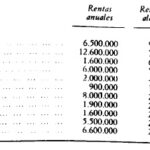
Tags


